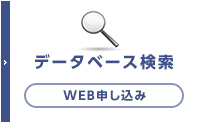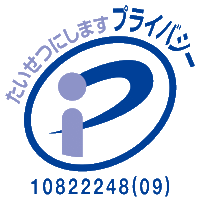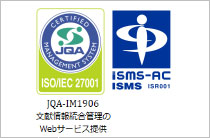ホームIMICライブラリMMWR抄訳2012年(Vol.61)全国たばこ教育キャンペーン中のquitlineへの・・・
2012/08/31Vol. 61 / No. 34
MMWR61(34):667-670
Increases in Quitline Calls and Smoking Cessation Website Visitors During a National Tobacco Education Campaign - March 19-June 10, 2012
全国たばこ教育キャンペーン中のquitlineへの電話件数と禁煙ウェブサイトのビジターの増加-2012年3月19日~6月10日
マスメディアキャンペーンとquitline(電話相談)は、喫煙者の禁煙率増加に有効である。2012年3月19日~6月10日、CDCは初めての連邦政府資金による全国ペイドメディアたばこ教育キャンペーンTips from Former Smokers[TIPS(喫煙経験者からの助言)]を実施した。TIPSキャンペーンの特徴は喫煙経験者に喫煙関連疾患の経験を話してもらうことであり、禁煙促進のため18~54歳の成人喫煙者に喫煙による健康被害を意識させ、禁煙支援が必要な場合にはquitlineへの電話やNational Cancer Institute(NCI)禁煙ウェブサイトの訪問が可能であることを知らせることを主な目的としている。このキャンペーンは、テレビやラジオ、オンラインメディア、新聞、映画館などにおける広告を含む。TIPSキャンペーンが1週間のquitlineへの電話件数と禁煙ウェブサイトのユニークビジター数に及ぼす影響を検討するため、CDCはTIPSキャンペーンの直前・キャンペーン中・キャンペーン直後の電話データと訪問者データを分析し、2011年の同時期のデータと比較した。50州・ワシントンDC・グアム・プエルトリコにおけるTIPSキャンペーン中のquitlineへの電話件数は365,194回であり、2011年の同時期(157,675回)に比べて132%増加した。またキャンペーン中の禁煙ウェブサイトのユニークビジター数は629,898人であり、2011年の同時期(119,327人)に比べて428%増加した。以上の結果より、多くの喫煙者は禁煙および禁煙支援に興味があり、支援提供を含むモチベーション的メッセージに反応する可能性があることが示唆された。
References
- Task Force on Community Preventive Services. Increasing tobacco use cessation. Atlanta, GA: Task Force on Community Preventive Services; 2011. Available at <http://www.thecommunityguide.org/tobacco/ cessation/index.html>. Accessed August 24, 2012.
- National Cancer Institute. The role of the media in promoting and reducing tobacco use. Tobacco Control Monograph No. 19. Bethesda, MD: US Department of Health and Human Services, National Cancer Institute; 2008. Available at <http://www.cancercontrol.cancer.gov/tcrb/ monographs/19/index.html>. Accessed August 24, 2012.
- Durkin S, Brennan E, Wakefield M. Mass media campaigns to promote smoking cessation among adults: an integrative review. Tob Control 2012; 21:127-38.
- Fiore MC, Jaen CR, Baker TB, et al. Treating tobacco use and dependence: 2008 update, US Public Health Service clinical practice guideline. Respir Care 2008;53:1217-22.
- CDC. Best practices for comprehensive tobacco control programs-2007. Atlanta, GA: US Department of Health and Human Services, CDC; 2007. Available at <http://www.cdc.gov/tobacco/stateandcommunity/ best_practices/index.htm>. Accessed August 24, 2012.
- Keller PA, Feltracco A, Bailey LA, et al. Changes in tobacco quitlines in the United States, 2005-2006. Prev Chronic Dis 2010;7(2):A36.
- Anderson CM, Zhu SH. Tobacco quitlines: looking back and looking ahead. Tob Control 2007;16(Suppl 1):i81-6.
- Woods SS, Haskins AE. Increasing reach of quitline services in a US state with comprehensive tobacco treatment. Tob Control 2007;16(Suppl 1): i33-6.
- Ossip-Klein DJ, Giovino GA, Megahed N, et al. Effects of a smoker’s hotline: results of a 10-county self-help trial. J Consult Clin Psychol 1991; 59:325-32.
- CDC. Telephone quitlines: a resource for development, implementation, and evaluation. Atlanta, GA: US Department of Health and Human Services, CDC; 2004. Available at <http://www.cdc.gov/tobacco/ quit_smoking/cessation/quitlines/index.htm>. Accessed August 24, 2012.
Copyright © 2013 International Medical Information Center. All Rights Reserved.












